Greatest Historical Discoveries Of All Time
It's no secret that some of the most important keys to our past are buried under the dirt, or hidden in a room somewhere waiting to be found. Sometimes these discoveries lead to more questions. Who built the pyramids? How do we get in the hidden room? Other times, we're provided with incredible answers that open our eyes about where we came from and where we might be going. These are the greatest discoveries humans have ever made. Spoiler alert; we've made some big ones!
The Stone Spheres Of Costa Rica
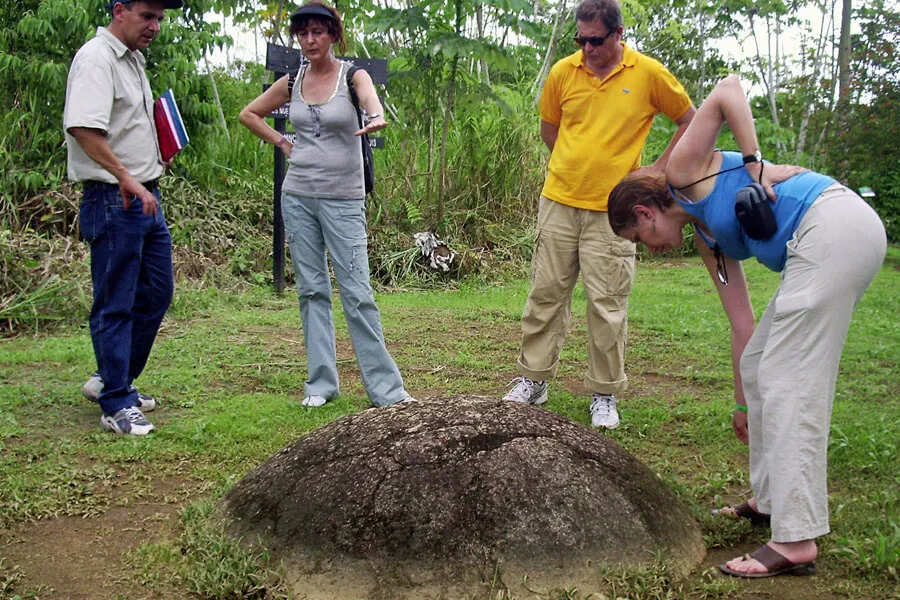
In Costa Rica, there are giant spherical stones hidden away deep in the jungle. The stones, named Diquis Spheres, are a mystery to archaeologists today. The builders, the Chibchan people, were decimated during the Spanish conquest, leaving the spheres as their gift to the earth.
While experts are baffled by the purposes of the Diquis Spheres, visitors believe they were used either for astronomical or navigation purposes. The truth is that no one really knows, and because there are no ancestors of the creators around today, we may never find out.
The Antikythera Mechanism Was Found On A Sunken Greek Ship
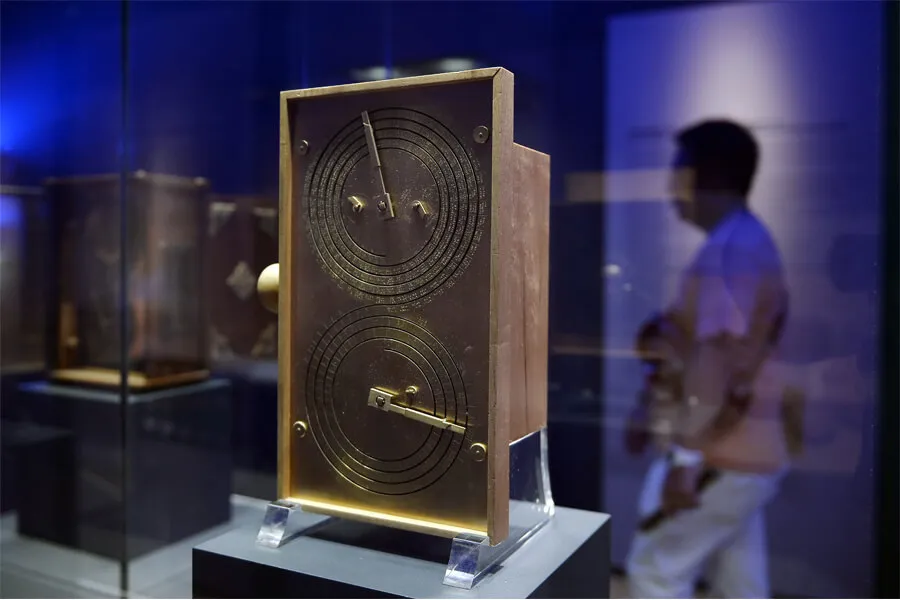
Scientists have figured out some of the uses of the Antikythera Mechanism, although all of its uses still remain a mystery. Found in the wreckage of a 2,000-year-old Greek cargo ship, the artifact is the most sophisticated of its kind. All we currently know is that it was probably used as an astronomical calendar.
The thing is, that's not the mechanism's only use. More complex than technology that was invented 1,000 years after it, scientists and archaeologists might lose sleep trying to solve its mysteries for the next 1,000 years!
The Burial Tomb Of Qin Shi Huang
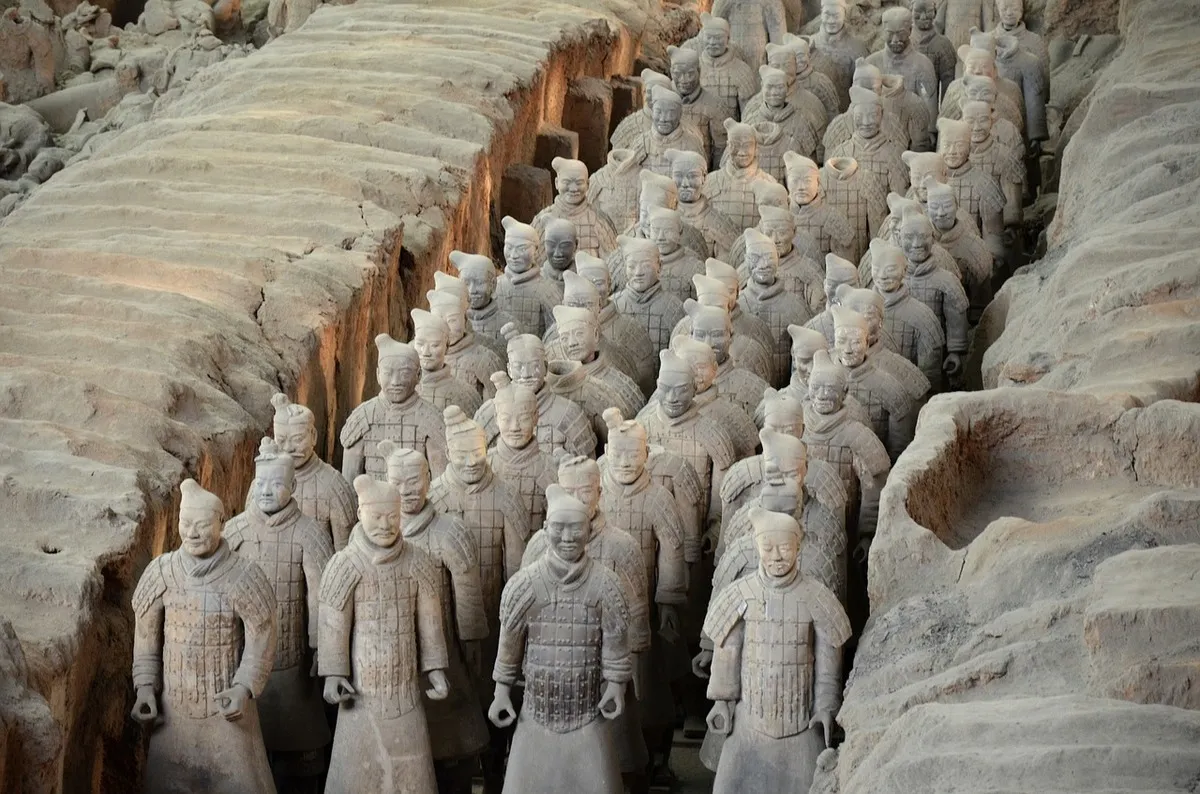
Another accidental discovery, the tomb of Qin Si Huang was unearthed by Chinese farmers in 1974. Inside, there are life-sized and intricately carved figured representing the terracotta army of the late emperor. The figures were carved in the thousands and supposedly help defend the emperor in the afterlife.
The tomb is the most intricate of the Chinese emperors. It's so intricate that archaeologists still haven't found the emperor himself. He's somewhere in there, although it feels like searching for a needle in a haystack!
The Passage To The Underworld Is In Mexico

Archaeologists found what they believe is supposed to be the passageway to the underworld under the Pyramid of the Moon in Mexico. The chamber measures 15-meters in diameter and was discovered eight meters beneath the country's second largest pyramid.
Experts believe the chamber was used in rituals related to the underworld. The discovery comes over 300 years after the Pyramid was first investigated by archaeologists. Once they break into the topsoil, who knows what treasures they will find. They have already found skeletons, jewelry, and green stones.
How Much Do We Really Know About Stonehenge?
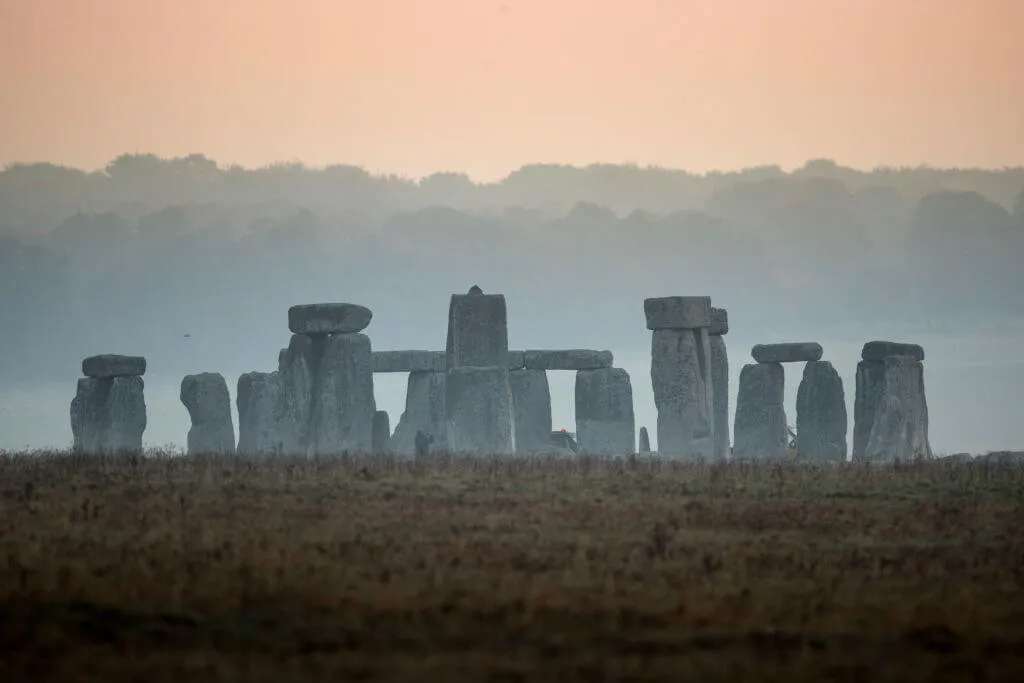
Located in a quiet English field, Stonehenge has baffled archaeologists and scientists for centuries. The structure was built over 4,000 years ago by primitive humans. That, sadly, is all we really know about the world famous structure. Still unknown, is what exactly it what used for.
There are several theories for what the purpose of Stonehenge is. Some believe it was used for astronomical purposes, specifically as an observatory. Others believe it was used in religious practice for miracle healing. None of these theories have ever been proven, and may never be proven. What do you think?
Ancient Animal Traps For Efficient Hunting

In Egypt, Israel, and Jordan, there is a chain of low stone walls that stretches 40 miles. It crisscrosses through the three countries and was used as a way to lead animals to a pit. In the pit, the animals would be killed for food.
For years, what the purpose of these walls used for was unknown. When archaeologists theorized that they were for hunting, they began to understand how much ancient hunters knew about the habits of animals in their region.
Did The Nazca Lines Signal Aliens?

The Nazca lines were first discovered in the 1920s when airplanes began flying over the region. The lines vary from miles-long straight lines to complex drawings of animals. Pre-Inca Nazca people drew the lines by removing pebbles from the earth, revealing the lighter color underneath.
Today, we don't know what the lines were used for. Theorists believe the lines were used to signal alien visitors to Earth. We guess they really did come in peace!
The Great Pyramids Are Still Unraveling Their Mysteries
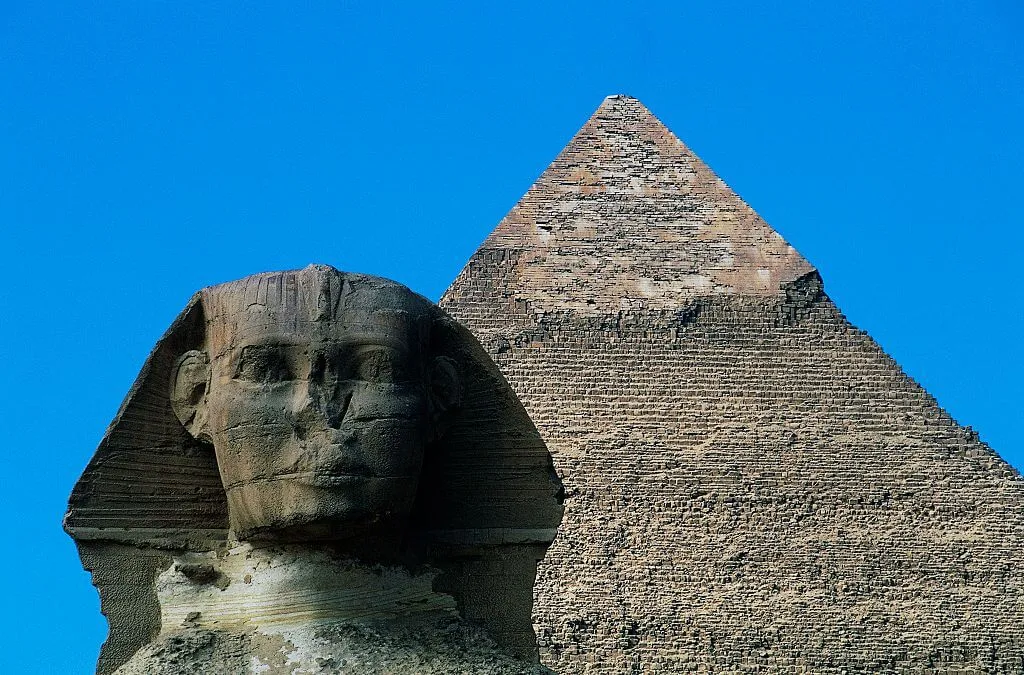
The Great Pyramids of Egypt were built over 5,000 years ago where Cairo is now located. The largest of the three pyramids is Khufu and stands as an impressive homage to how much ancient Egyptians revered their rulers and the afterlife.
Since being discovered by modern man, the Great Pyramids have revealed a whole new world to us, while at the same time keeping another shrouded in mystery. Every year new passages and tombs are found, right when we thought there was nothing possibly left.
The Shroud Of Turin Might Have Been Buried With Jesus

One of the more controversial discoveries on this list, the Shroud of Turin was discovered in 1353 and was originally believed to be the shroud buried with Jesus Christ. In the 1980's, the shroud was carbon dated for the first time, and was declared not old enough.
The research has received criticism from proponents who say the pieces dated by scientists were newer repairs to the shroud. While this would explain the relative "newness" of the cloth, it is unlikely they will ever be proven right. For now, we must believe the shroud, while old, is most likely an ancient forgery.
Gobekli Tepli Changed The Way We Thought Civilization Happened

For years, the accepted hypothesis was that humans began to settle down into civilizations with agriculture and houses in 8,000 B.C. When Gobekli Tepe was discovered and dated back to 10,000 B.C., that hypothesis was blown out of the water.
The discovery of the ancient house of worship was made in 1994. It proved that before humans settled into permanent colonies, they had to find ways to worship their gods. It also brought up questions of what occurred first in human history; architecture or settling down in one territory. It's believed that these people were still semi-nomadic at the time Gobekli Tepe was built.
The Voynich Manuscript Is Unreadable

The Voynich Manuscript was discovered by an ancient bookseller in 1912. It's 250 pages long and full of unreadable text and odd pictures. It is currently located at Yale's Beinecke Rare Book and Manuscript Library. Experts believe it was written over 600 years ago, although they can't decipher what any of it means.
Some experts believe the book is nothing more than a 600-year-old hoax. The words are unintelligible and no one has been able to determine what language, if any, they were written in. Others believe the book is one giant secret code that no one has been able to crack. Let the games begin!
The Khatt Shebib Is a 93 Mile Long Wall
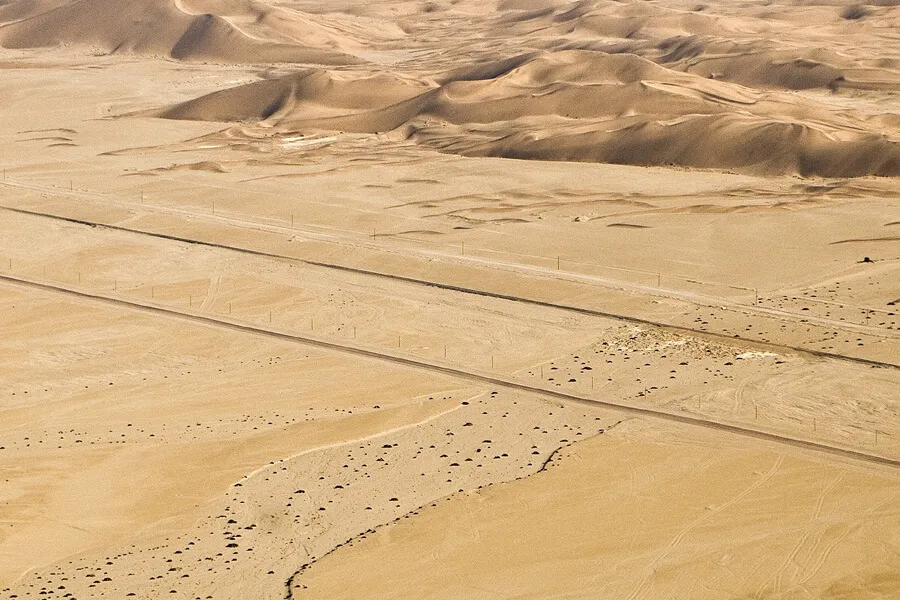
Discovered in 1948, the Khatt Shebib is a 93-mile long wall located in Jordan. The purpose of the wall in unclear. No one knows who built it, when it was built, or why it was built. For all intents and purposes, there is no reason the wall should exist. But it does.
The main theory of the wall's purpose is that it was built to keep out small hungry animals, like goats. There are traces of agriculture on one side of the wall that support this theory. It may have also been used as a barrier between nomadic farmers and ancient farmlands.
The Cochno Stone Was Discovered In 2016
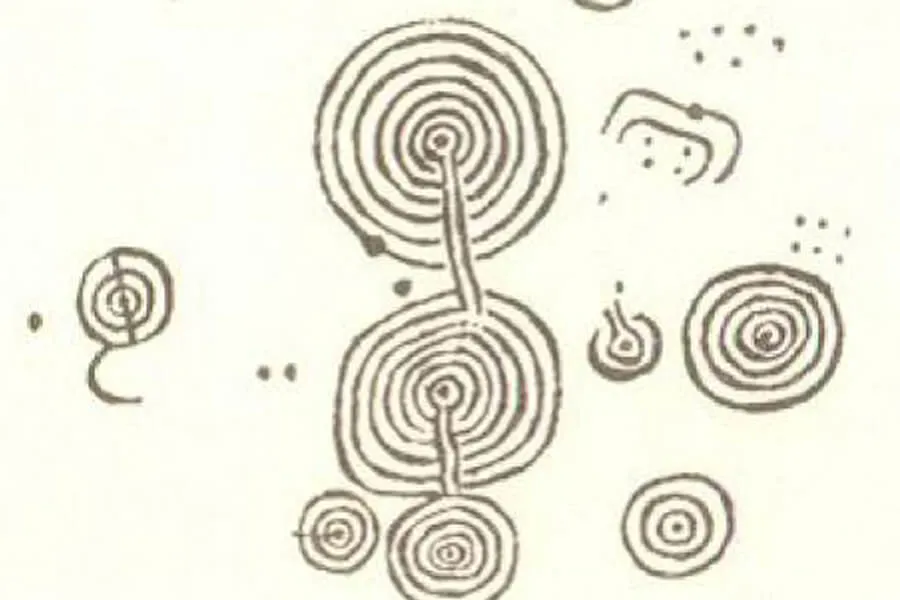
Excavated in Glasgow, Scotland in 2016, the Cochno Stone is another mysterious piece of history that scientists are trying to unravel. The stone is 43 feet by 26 feet and has "cup and ring marks" that have been seen at other prehistoric sites around the world. The above picture shows some of drawings on the massive stone.
The stone that was discovered in the 1930s, and was theorized to have links with astronomy. Researchers studying the stone today don't believe this is what they were used for. They are working around the clock to find out the true use of the Cochno Stone.
Super-Henge Makes Stonehenge Look Like Childs Play
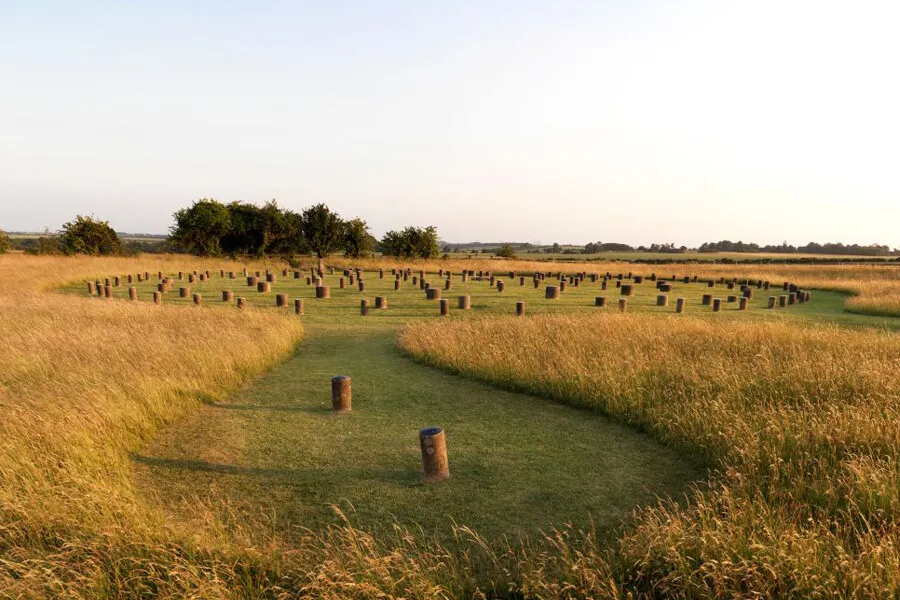
Have you ever heard of Super-Henge? We're not sure why Stonehenge gets all the attention when it pails in comparison to the size of Super-Henge. The two structures are located roughly two miles apart. Researchers believe that Super-Henge was a part of a larger neolithic monument.
Like its sibling, that's about all that we know about Super-Henge. The stones stand at a natural depression near the Avon river. Some theories suggest it was used as a way to lead water through the springs and valleys of the area.
A Huge Underwater Cairn

Scientists discovered a massive, 60,000-ton cairn underwater in the Sea of Galilee (seen here) in 2003. Cairns were traditionally used in the past to mark burial spots. They usually aren't this heavy or submerged underwater. Of course, when this one was built, it probably wasn't been sunken.
The massive Cairn likely originated on land and became submerged with rising sea levels. It has been dated at over 4,000 years old, and could very well be the remains of a major ancient settlement. Other, smaller cairns are located above sea level nearby.
A Jar Literally Full Of Holes
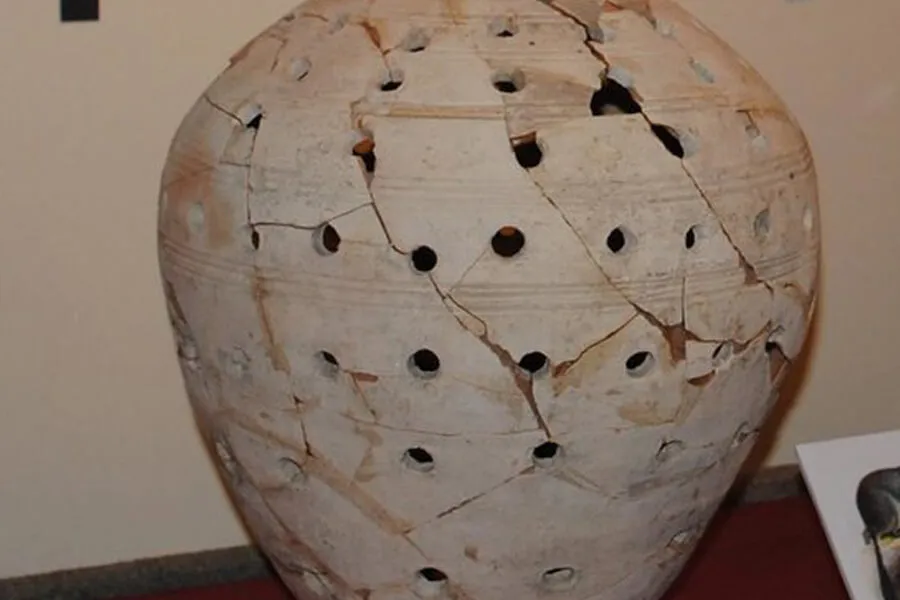
Throughout history, plenty of jars and different trinkets have been unearthed. None of those compare to this holey jar that was discovered inside a explosion crater just outside of London. The discovery was made after World War II ended, but the jar itself dates back to Roman Britain.
Archaeologists think the jar may have been used to house snakes or rats so they would have a way to breathe. If you want to check out the jar and make your own theories, it's housed at the Museum of Ontario Archaeology in Canada.
The Rosetta Stone Isn't Just A Language Learning Program
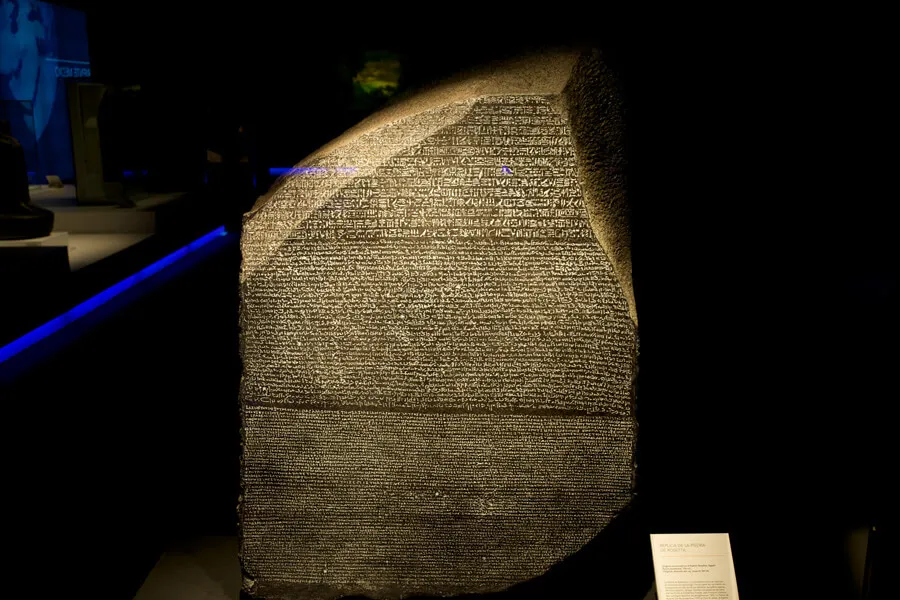
Today, most people associate the Rosetta Stone with language learning software. The actual Rosetta Stone, discovered in 1799, is much more significant. The stone created our modern understanding of Egyptian hieroglyphics. Without it, our understanding of world history and language might be completely different.
The actual stone is a piece of a large wall that had a decree on it written by King Ptolemy V around 200 B.C. His decree was written in three languages; Egyptian, Demotic script, and Ancient Greek.









